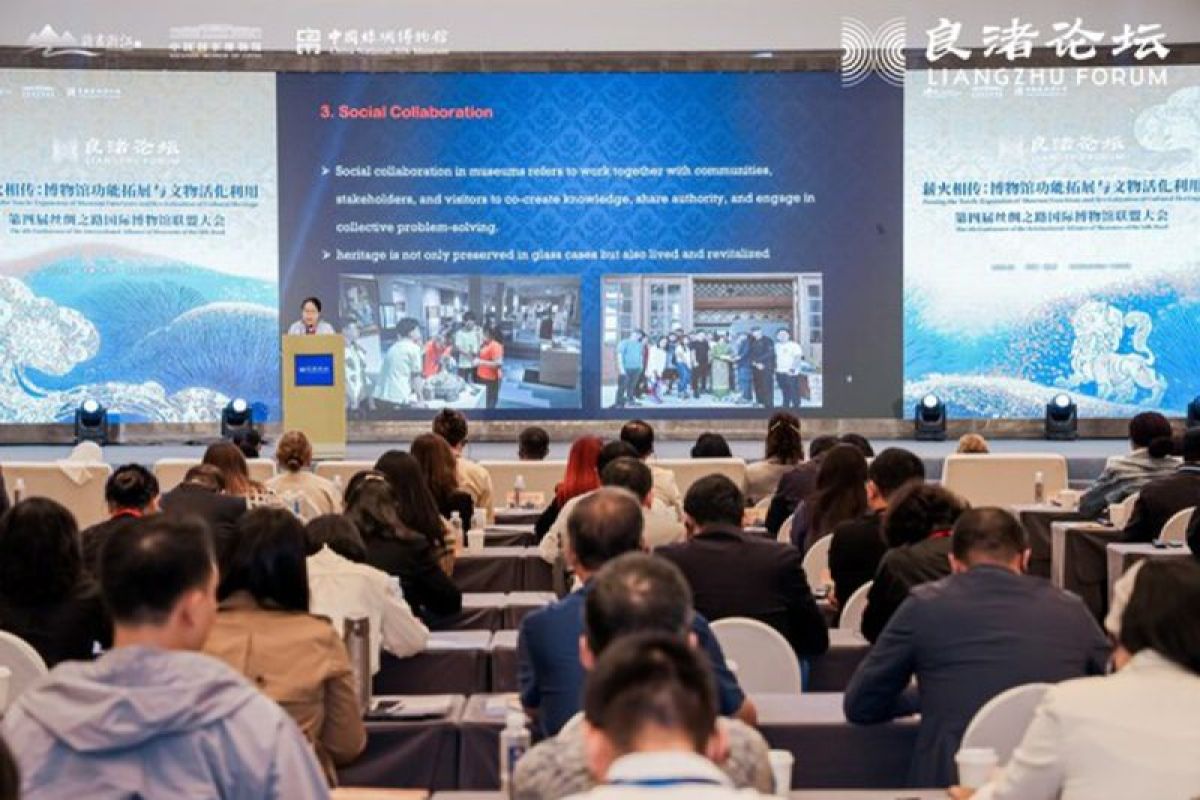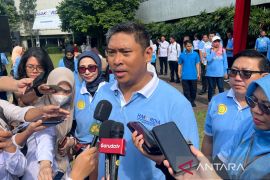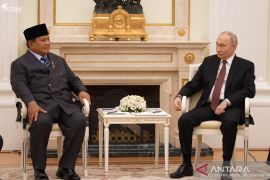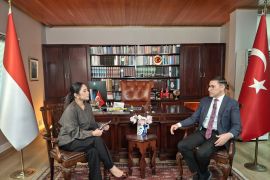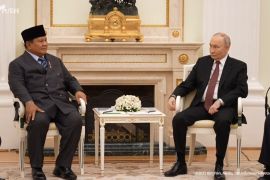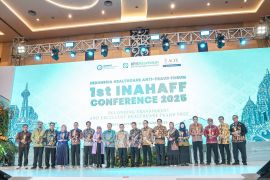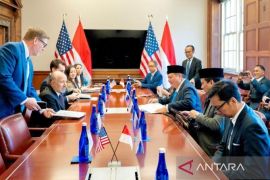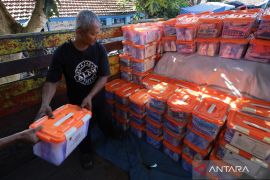In his remarks, Vice Minister Gao highlighted the essential contribution of museums to safeguarding and transmitting the heritage of human civilization. He emphasized the importance of further enhancing international cooperation among museums, upholding the spirit of the Silk Road, and promoting mutual understanding and youth development, contributing to the building of a community with a shared future for humankind. Vice Governor Hu underscored the role of museums as platforms for intercultural dialogue and expressed the Province's commitment to strengthening cooperation with international partners to foster sustainable cultural development.
During the keynote session, National Museum of China Director Luo delivered a presentation entitled "Bringing Cultural Objects to Life and Enhancing the Role of Museums." He elaborated on strategies to revitalize cultural heritage through technological innovation, the application of emerging technologies, and enhanced exchange and cooperation among institutions. Nang Lao Ngin, Director of the National Museum of Myanmar, shared experiences in heritage preservation through digital engagement, community-based education, and global outreach. Lou Jianlong, Director of the Fujian Museum, provided case studies illustrating intercultural dialogue and the importance of respect and coexistence among civilizations. Ji Xiaofen, Director of the China National Silk Museum, presented innovative models for cultural transmission and exchange, citing the museum's "Global Showcase" 1+N model as a practical example.
During the parallel sessions, 37 directors and experts from museums and cultural institutions worldwide engaged in thematic discussions under three main topics: "Museums and Diverse Civilizations," "Museums and Social Collaboration," and "Museums and Sustainable Development." The discussions explored how museums can interpret and promote dialogue among civilizations through their collections, build integrated cultural service networks that engage the public and local communities, and pioneer multiple pathways toward environmentally responsible operations and cultural sustainability.
During the sub-forum, National Museum of China Director Luo announced the admission of eight new institutions—including the History Museum of Armenia and the Semnan Natural History Museum in Iran—to the IAMS. With these additions, the Alliance now includes 180 members, comprising 115 domestic and 65 international institutions across five continents. At the same session, the IAMS Hangzhou Declaration was formally adopted. The declaration identifies six priority areas, including deepening intercultural learning, expanding digital innovation, and reinforcing collaborative mechanisms within the Alliance, calling upon members to work collectively to protect humanity's shared heritage and promote the vitality of Silk Road cultures.
Following the formal proceedings, participants undertook a guided tour of the China National Silk Museum, where they learned about the museum's exhibitions, research and conservation programs, and educational initiatives. The day concluded with a "Silk Road Museum Evening" cultural exchange event, providing an informal platform for dialogue and networking among participants.
Source: China National Silk Museum
Reporter: PR Wire
Editor: PR Wire
Copyright © ANTARA 2025
